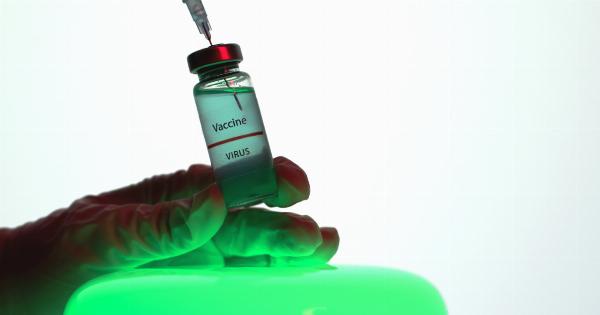Epilepsy is a neurological disorder characterized by recurrent seizures. It affects millions of people worldwide, causing various physical and psychological challenges in their lives.
While there are several treatment options available for managing epilepsy, Cyprus has recently introduced a first-of-its-kind treatment that promises to revolutionize the way this condition is managed. This article explores this groundbreaking development and its potential impact on epilepsy patients.
The burden of epilepsy
Epilepsy affects individuals of all ages, genders, and ethnic backgrounds, making it a global health concern. The condition is characterized by abnormal electrical activity in the brain, leading to recurring seizures.
Seizures can cause a range of symptoms, from momentary lapses in consciousness to violent convulsions. Epilepsy can disrupt a person’s daily life, affecting their ability to work, drive, and even engage in routine activities.
Traditionally, epilepsy has been managed through antiepileptic drugs (AEDs) that aim to prevent or control seizures.
While these medications can be effective for many individuals, they come with various side effects and are not always successful in providing seizure control. Additionally, some epilepsy patients are resistant to traditional AEDs and continue to experience seizures despite treatment.
The innovative treatment approach
Cyprus has taken a bold step in addressing the challenges faced by epilepsy patients by introducing a first-of-its-kind treatment.
This pioneering approach involves the use of a neurostimulation device that delivers targeted electrical impulses to specific areas of the brain to prevent seizures.
How the treatment works
The neurostimulation device, which is implanted in the patient’s brain, consists of electrodes that stimulate specific nerve pathways. These pathways are responsible for the abnormal electrical activity that triggers seizures.
By delivering mild electrical impulses to these areas, the device disrupts the abnormal activity, reducing the likelihood of seizures.
The neurostimulation device is controlled through a handheld device provided to the patient. This device allows the patient to adjust the stimulation levels and monitor their condition.
It also enables healthcare professionals to remotely track the patient’s progress and make necessary adjustments to optimize treatment effectiveness.
The benefits of the new treatment
While Cyprus’s innovative neurostimulation treatment is still in its early stages, it has already shown promising results. Some of the benefits of this treatment approach include:.
1. Reduced frequency and intensity of seizures
Early trials of the neurostimulation treatment have reported a significant reduction in the frequency and intensity of seizures experienced by patients.
This improvement in seizure control can have a profound impact on the quality of life of epilepsy patients, allowing them to regain independence and engage in activities without the constant fear of seizures.
2. Customizable treatment options
The handheld device provided to patients allows for personalized treatment options.
Each patient’s epilepsy condition is unique, and this device enables healthcare professionals to adjust the stimulation levels according to individual requirements. This customization ensures that the treatment is optimized for each patient, leading to better outcomes.
3. Reduced reliance on medication
Many epilepsy patients rely heavily on antiepileptic drugs to manage their condition. However, these medications often come with side effects and are not always successful in providing complete seizure control.
The neurostimulation treatment offers an alternative that can potentially reduce the need for excessive medication use, minimizing side effects and improving overall well-being.
4. Improved patient monitoring and management
The handheld device provided to patients enables better monitoring and management of their epilepsy condition.
Healthcare professionals can remotely access data from the device, allowing them to track the patient’s progress, make informed treatment decisions, and provide timely adjustments when necessary. This level of monitoring enhances patient safety and ensures optimal treatment outcomes.
Challenges and future prospects
While Cyprus’s introduction of a first-of-its-kind epilepsy treatment has sparked excitement within the medical community, there are still challenges to overcome.
The long-term effectiveness of the neurostimulation treatment needs to be thoroughly studied, and its affordability and accessibility for all epilepsy patients must be ensured.
However, the potential of this treatment approach cannot be overlooked. If proven successful in long-term studies, it could revolutionize epilepsy management worldwide, offering hope to millions of individuals living with this debilitating condition.
Conclusion
Cyprus’s introduction of a first-of-its-kind epilepsy treatment using neurostimulation technology is a significant milestone in the medical field.
This innovative approach has the potential to transform the lives of epilepsy patients, providing them with better seizure control, improved quality of life, and reduced reliance on medication. While further research and development are necessary, the future looks promising for this groundbreaking treatment.




























